Build Future-Ready Applications
Unlock the full potential of the cloud with architectures that enhance scalability, resilience, and flexibility using microservices, containers, and serverless technologies.
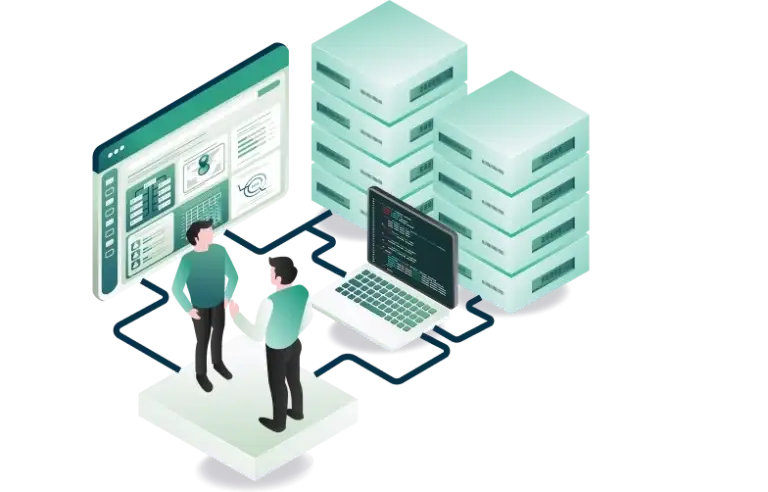
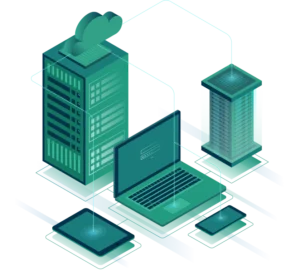
What is Cloud-Native Architectures?
Cloud-native architectures are designed to fully exploit the benefits of the cloud by leveraging microservices, containers, and serverless computing. These systems are built with scalability, resilience, and flexibility in mind, allowing applications to run efficiently across multiple cloud environments.
By adopting cloud-native architectures, businesses can innovate faster and scale seamlessly, adapting to growing demands with ease. This empowers companies to optimize resources, improve performance, and ensure a high level of fault tolerance, ultimately driving business agility.
Benefits of Cloud-Native Architectures
Faster Deployments
Automate manual processes to reduce time-to-market and deliver new features faster.
Scalability on Demand
Scale applications quickly to handle changing workloads and growing business needs.
Fault Tolerance
Ensure continuous availability and system resilience with self-healing architectures.
Cost Efficiency
Optimize resource usage with dynamic scaling to minimize costs while maintaining performance.
Enhanced Security
Implement security best practices at every layer, ensuring a secure environment from development to production.
Flexibility
Run applications seamlessly across hybrid or multi-cloud environments, maximizing infrastructure efficiency.
Key Features of Cloud-Native Architectures
-
Event-Driven Architectures
-
Microservices Architectures
-
Containers & Serverless
-
Distributed Architectures
-
Multi-Tenant SaaS Architectures

Event-driven architectures allow systems to react instantly to events as they occur, triggering specific actions or workflows. Event-driven systems are ideal for use cases such as IoT, payment gateways, and data streaming services, enabling flexibility and scalability by processing asynchronous events and decoupling services for better performance and resource efficiency.
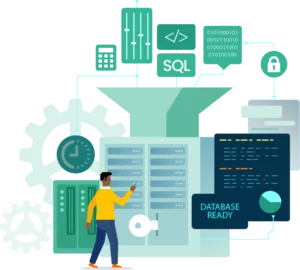
Microservices architectures break down applications into smaller, independently deployable services, each responsible for a specific function. This design promotes agility by allowing teams to develop, test, and deploy different components in parallel. This architecture makes it easier to scale specific parts of an application without affecting the whole system. It is particularly useful for large-scale applications, enabling rapid iteration, fault isolation, and seamless integration with CI/CD pipelines.
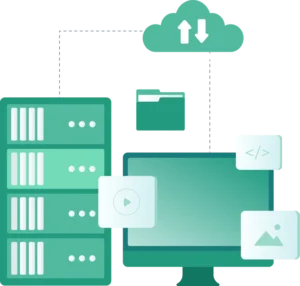
Containers and serverless technologies enable cloud-native architectures by abstracting infrastructure management. Containers package applications and their dependencies to ensure consistency across environments, while serverless eliminates the need to manage servers, automatically scaling resources based on demand. These technologies reduce operational overhead, enabling developers to focus on code rather than infrastructure.
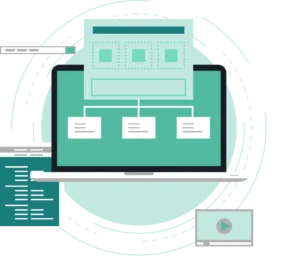
Distributed architectures spread workloads across multiple regions, accounts, or even clouds, offering redundancy, high availability, and fault tolerance. They ensure business continuity during disasters or regional outages and reduce latency by bringing applications closer to end-users.
Distributed architectures are essential for businesses that need to scale globally and require secure, resilient infrastructures to handle cross-region traffic and multiple workloads seamlessly.
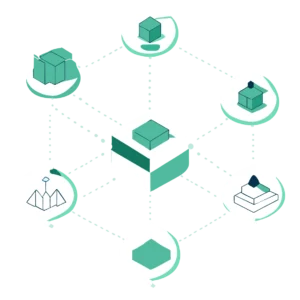
Multi-Tenant Architectures allow SaaS providers to cater to multiple customers efficiently and securely. Shared tenancy efficiently shares resources like databases and compute across tenants with programmatic data isolation, while dedicated tenancy provides higher data isolation through dedicated infrastructure. Use cases include B2B SaaS platforms, where multiple companies can use the same service while ensuring secure data isolation, centralized version management, and streamlined billing and metering systems.
Event-Driven Architectures

Event-driven architectures allow systems to react instantly to events as they occur, triggering specific actions or workflows. Event-driven systems are ideal for use cases such as IoT, payment gateways, and data streaming services, enabling flexibility and scalability by processing asynchronous events and decoupling services for better performance and resource efficiency.
Microservices Architectures
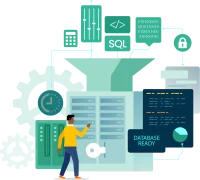
Microservices architectures break down applications into smaller, independently deployable services, each responsible for a specific function. This design promotes agility by allowing teams to develop, test, and deploy different components in parallel. This architecture makes it easier to scale specific parts of an application without affecting the whole system. It is particularly useful for large-scale applications, enabling rapid iteration, fault isolation, and seamless integration with CI/CD pipelines.
Containers & Serverless
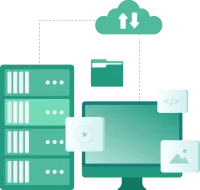
Containers and serverless technologies enable cloud-native architectures by abstracting infrastructure management. Containers package applications and their dependencies to ensure consistency across environments, while serverless eliminates the need to manage servers, automatically scaling resources based on demand. These technologies reduce operational overhead, enabling developers to focus on code rather than infrastructure.
Distributed Architectures
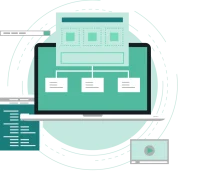
Distributed architectures spread workloads across multiple regions, accounts, or even clouds, offering redundancy, high availability, and fault tolerance. They ensure business continuity during disasters or regional outages and reduce latency by bringing applications closer to end-users.
Distributed architectures are essential for businesses that need to scale globally and require secure, resilient infrastructures to handle cross-region traffic and multiple workloads seamlessly.
Multi-Tenant SaaS Architectures

Multi-Tenant Architectures allow SaaS providers to cater to multiple customers efficiently and securely. Shared tenancy efficiently shares resources like databases and compute across tenants with programmatic data isolation, while dedicated tenancy provides higher data isolation through dedicated infrastructure. Use cases include B2B SaaS platforms, where multiple companies can use the same service while ensuring secure data isolation, centralized version management, and streamlined billing and metering systems.
Use Cases
Dynamic Scaling
Automatically allocate or reduce resources based on real-time application demand.
Disaster Recovery
Ensure data and service availability across regions with seamless failover mechanisms.
Real-Time Analytics
Process data streams instantly for insights using event-driven architectures.
Continuous Deployment
Seamlessly deploy application updates without disrupting service availability.
Geo-Redundancy
Run applications in multiple regions for global service resilience and reduced latency.
Edge Computing
Process data closer to the source, reducing latency and bandwidth for critical operations.
Success Stories

Smooth Migration of MongoDB & Elasticsearch to AWS
- Case Studies
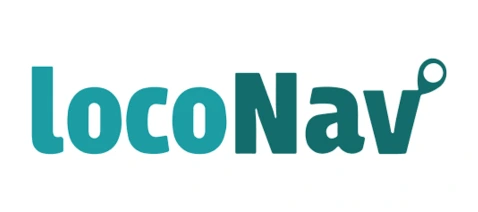
Streamlining Deployments for Loconav with Automation
- Case Studies
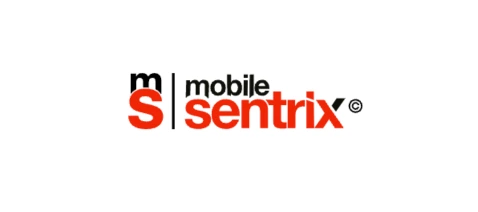
Scaling DevOps & Performance for MobileSentrix
- Case Studies

Migration of MongoDB & Elasticsearch to AWS
- Case Studies

AWS Control Tower Strategy For EyeControl
- Case Studies
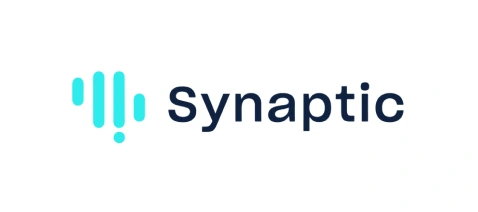
Transforming AWS Security Landscape For Synaptic
- Case Studies
Why Choose SquareOps for Next-Gen Cloud Architectures?
At SquareOps, we design scalable, resilient cloud-native architectures tailored to your business needs. With cutting-edge practices, we ensure seamless operations, enhanced security, and optimized cloud performance.
Battle Tested Blueprints
Vetted Expertise
Secure by Design
Mature ITSM
IT Service Management

Day-1 Operations
Ready for handling workloads from day one, ensuring no iterations with proven blueprints and go-live checklists.
Handholding
Extensive support with video knowledge transfers and documentation to ease your technology adoption journey.
Security First
Security built into every layer, compliant by default with CIS controls for robust protection.
FinOps Culture
Inherent cost controls and guardrails for efficient resource management and optimized cloud spending.
Tools we use



























Unlock AWS potential with SquareOps. We’ll guide you through modernizing systems and scaling globally with expert cloud migration.
Latest From our Blog
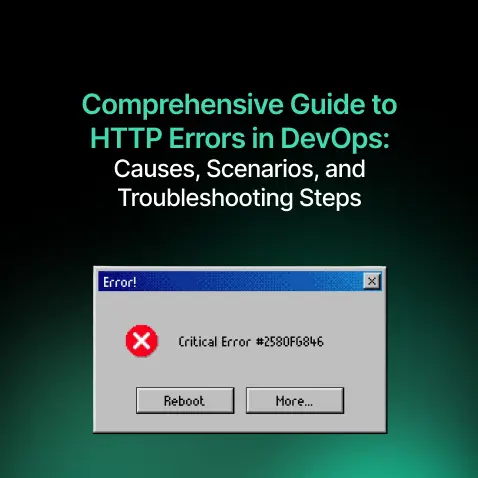
Comprehensive Guide to HTTP Errors in DevOps: Causes, Scenarios, and Troubleshooting Steps
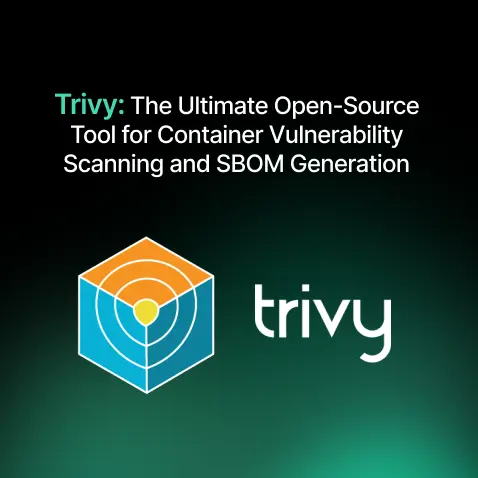
Trivy: The Ultimate Open-Source Tool for Container Vulnerability Scanning and SBOM Generation
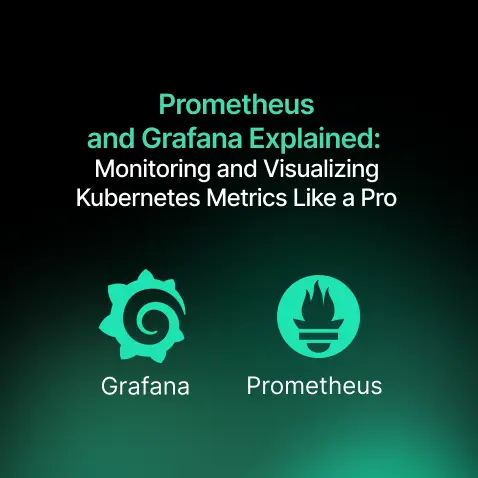
Prometheus and Grafana Explained: Monitoring and Visualizing Kubernetes Metrics Like a Pro
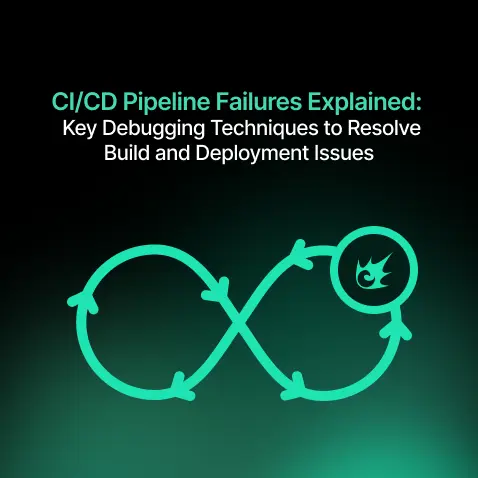
CI/CD Pipeline Failures Explained: Key Debugging Techniques to Resolve Build and Deployment Issues
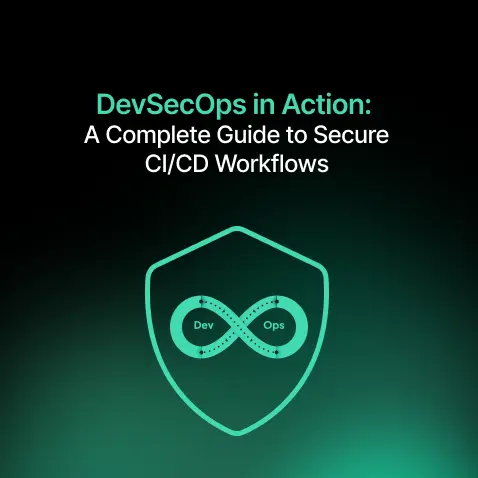
DevSecOps in Action: A Complete Guide to Secure CI/CD Workflows

AWS WAF Explained: Protect Your APIs with Smart Rate Limiting
Stay Ahead in the World of DevOps
Latest From our Blog

Comprehensive Guide to HTTP Errors in DevOps: Causes, Scenarios, and Troubleshooting Steps

Trivy: The Ultimate Open-Source Tool for Container Vulnerability Scanning and SBOM Generation

Prometheus and Grafana Explained: Monitoring and Visualizing Kubernetes Metrics Like a Pro

CI/CD Pipeline Failures Explained: Key Debugging Techniques to Resolve Build and Deployment Issues

DevSecOps in Action: A Complete Guide to Secure CI/CD Workflows

AWS WAF Explained: Protect Your APIs with Smart Rate Limiting
Stay Ahead in the World of DevOps
Explore How SquareOps can help you with your DevOps needs? Talk to an expert!
Frequently asked questions
Cloud-native architecture leverages microservices, containers, and serverless computing to optimize scalability, resilience, and flexibility, enabling applications to run efficiently across multi-cloud environments.
Microservices architecture breaks applications into small, loosely coupled services that can be independently developed, deployed, and scaled. Each microservice handles a specific business capability, allowing for flexibility, faster updates, and easier scalability in cloud-native environments.
Cloud-native architecture supports faster deployments, scalability on demand, fault tolerance, cost efficiency, enhanced security, and operational flexibility.
SquareOps designs scalable and resilient cloud-native architectures, providing expert services that ensure seamless operations, enhanced security, and optimized cloud performance.
Containers ensure consistent environments for applications across platforms, while serverless computing allows dynamic scaling and cost-effective resource usage by executing code only when needed.
SquareOps follows a “Security First” approach, embedding security best practices at every layer, compliant with CIS controls to safeguard cloud-native environments.
Event-driven architectures respond instantly to specific events, enabling asynchronous processing, better resource management, and flexibility, making them vital for real-time applications like IoT and data streaming.
They enable geo-redundancy and dynamic scaling, ensuring continuous availability and seamless failover across regions, crucial for effective disaster recovery.
SquareOps provides “Day-1 Operations” with pre-validated blueprints that guarantee smooth handling of workloads from the start.
Yes, SquareOps specializes in cloud migration, guiding clients to unlock AWS’s full potential for modernized and globally scalable systems.

